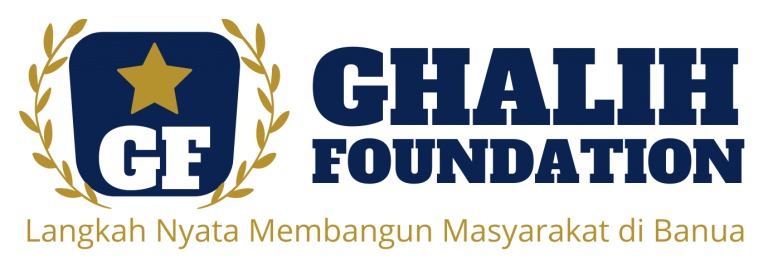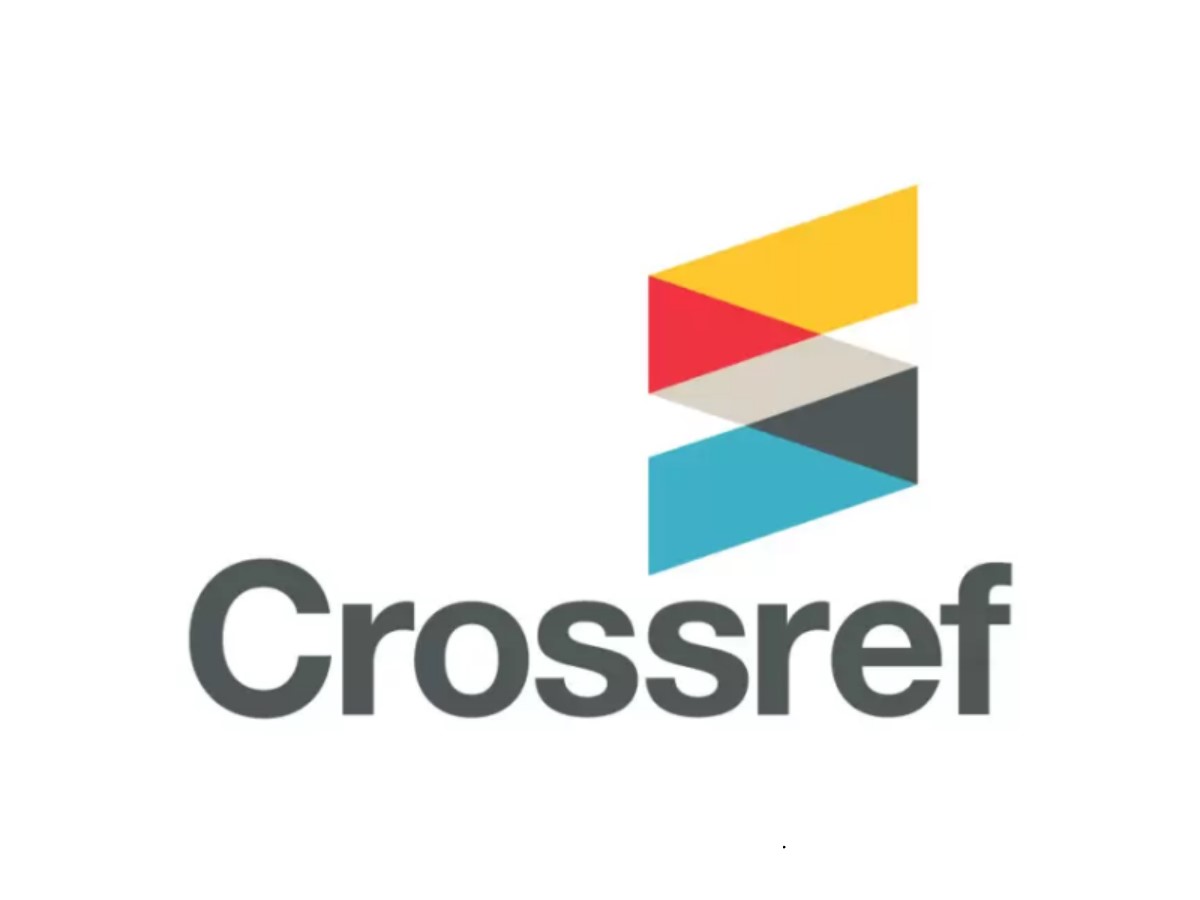INVESTIGATION OF THE EFFECT OF WINDOW SHADES TYPE ON THE OTTV IN U COLLEGE BUILDING OF BANDUNG STATE POLYTECHNIC
DOI:
https://doi.org/10.53893/austenit.v15i2.7064Keywords:
OTTV, College Building, Shading FactorAbstract
The U building is the college building for the Department of Refrigeration and Air Conditioning, Bandung State Polytechnic. However, during the afternoon teaching, the third floor is often complained of feeling hot and disrupting the teaching and learning process. This is caused by the size of the window on the third floor is too large and does not use any shade. This research was conducted to determine the OTTV value of the existing U Building and then investigate the potential for improving the OTTV value by changing window glass materials or adding shading such as window film. This study used primary and secondary data collection methods. The primary data consisted of: building dimensions, glass dimensions, door dimensions, ambient temperature, inside temperature, wall and glass surface temperatures, and glass types. Meanwhile, some secondary data, namely building U as built drawings, wall specifications, and glass specifications used. It was found that the existing OTTV value of the Lecture U Building reached 39.78 W/m2 where this value was above the SNI 03-6389 2011 standard. By investigating the installation of shading such as window film and double glass it was possible to minimize the building's OTTV value to 36.78 W/m2 for window film and 33.86 W/m2 for the addition of double glass accompanied by window film.
Downloads
References
Ahmed, M. A. A. E. D., & Fikry, M. A. (2019). Impact of glass facades on internal environment of buildings in hot arid zone. Alexandria Engineering Journal, 58(3), 1063-1075. https://doi.org/10.1016/j.aej.2019.09.009
ASHRAE. (1975). Energy conservation in new building design. In American Society of Heating, Refrigerating and Air-Conditioning Engineers, Inc., New York (pp. 413-416).
Authority, B. C. (1979). Handbook on Energy Conservation in Buildings and Building Services. Singapore. https://www.corenet.gov.sg/einfo/Uploads/Codes/RBCA00004.pdf
Hui, S. C. (2000). Building energy efficiency standards in Hong Kong and mainland China. Proc. of the 2000 ACEEE Summer Study on Energy Efficiency in Buildings, https://www.eceee.org/library/conference_proceedings/ACEEE_buildings/2000/Panel_9/p9_17/
ISO , N. (2007). Building components and building elements: Thermal resistance and thermal transmittance: Calculation method. In: Internation Organization for Standardization Geneva, CH. https://www.iso.org/obp/ui/#iso:std:iso:6946:en
Li, D., Lam, J., & Wong, S. (2002). Daylighting and its implications to overall thermal transfer value (OTTV) determinations. Energy, 27(11), 991-1008. https://doi.org/10.1016/S0360-5442(02)00067-1
Natephra, W., Yabuki, N., & Fukuda, T. (2018). Optimizing the evaluation of building envelope design for thermal performance using a BIM-based overall thermal transfer value calculation. Building and Environment, 136, 128-145. https://doi.org/10.1016/j.buildenv.2018.03.032
Saputra, M. A., & Haryani, N. (2023). COMPARISON OF THERMAL INSULATION OF GLASS WOOL AND SUPERBTEX TO THE DRYING RATE OF FISH DRYING EQUIPMENT. AUSTENIT, 15(1), 31-35. https://doi.org/10.5281/zenodo.7935333
Setiani, A. N., Harani, A. R., & Riskiyanto, R. (2018). PERHITUNGAN OVERALL THERMAL TRANSFER VALUE (OTTV) PADA SELUBUNG BANGUNAN. Arsir, 1(2), 100-109. https://doi.org/10.32502/arsir.v1i2.879
SNI. (2011). Konservasi Energi Selubung Bangunan pada Bangunan Gedung SNI 03-6389-2011. In: Standar Nasional Indonesia Jakarta. http://sispk.bsn.go.id/sni/DetailSNI/13242
Utari, R. P. (2019). Analisa Nilai Overall Thermal Transfer Value (OTTV) Sebagai Konservasi Energi Selubung Pada Bangunan Berdasarkan SNI 03-6389-2011 Prosiding SENTRA (Seminar Teknologi dan Rekayasa). https://doi.org/10.22219/sentra.v0i4.2321
Vijayalaxmi, J. (2010). Concept of overall thermal transfer value (OTTV) in design of building envelope to achieve energy efficiency. International Journal of Thermal and Environmental Engineering, 1(2), 75-80. https://doi.org/10.5383/ijtee.01.02.003
Downloads
Published
How to Cite
Issue
Section
License
Copyright (c) 2023 Authors and Publisher

This work is licensed under a Creative Commons Attribution-ShareAlike 4.0 International License.
The Authors submitting a manuscript do so on the understanding that if accepted for publication, Authors retain copyright and grant the AUSTENIT right of first publication with the work simultaneously licensed under a Creative Commons Attribution-ShareAlike License that allows others to share the work with an acknowledgment of the work's authorship and initial publication in this journal.
AUSTENIT, the Editors and the Advisory International Editorial Board make every effort to ensure that no wrong or misleading data, opinions or statements be published in the journal. In any way, the contents of the articles and advertisements published in AUSTENIT are the sole responsibility of their respective authors and advertisers.















